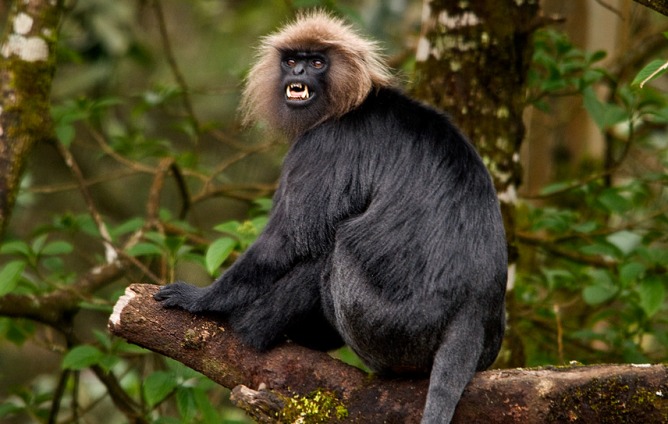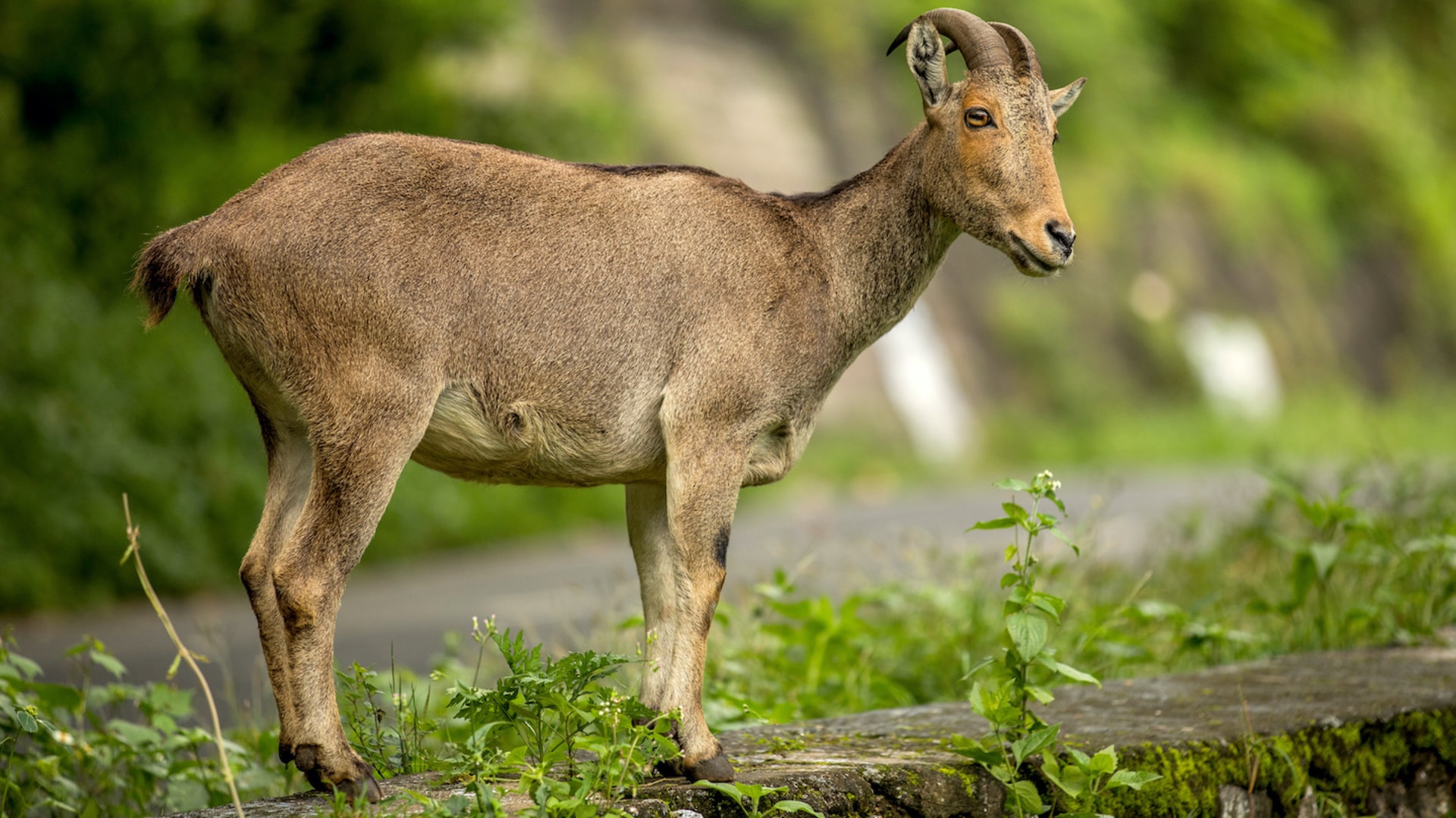
BREEDING PROGRAMME
LION TAILED MACAQUE
.jpg)
In Brief: Lion Tailed Macaque, A endangered animal in India was a threat to our biodiversity due to its endangered status.
Breeding Objectives: To protect & maintenance the most endangered LTM.
AAZP's initiatives
The lion-tailed macaque is one of the most critically endangered indigenous species to the tropical rain forests of the Western Ghats in southwest India. The maintenance of a Viable population of endangered species representing their genetic viability in the wild is a major goal of the Zoological Park. To safeguard, this species Arignar Anna Zoological Park submitted a project on a conservation breeding program for LTM in collaboration with South Indian Zoos Viz., Mysore Zoo, and Trivandrum Zoo to the Central Zoo Authority for funding the project. The proposal envisaged the establishment of five social groups in 3 Zoos, designing of appropriate enclosure and monitoring social-behavioral, and reproductive health of the group, and training of Zoo personnel. The project has been approved by the Central Zoo Authority. Two off-exhibit water moated enclosures have been built for Lion-tailed macaques away from the visitor area to promote natural behavior and fit for reintroduction program.
Nilgiri langur

This species has also been designated to Arignar Anna Zoological Park as species coordinator. It is the only Zoo where regular breeding is ensured.
Nilgiri Tahr

This species has also been designated to Arignar Anna Zoological Park as species coordinator. No animal is available in the Park. Steps have been initiated to procure the animals.Many species like Indian Bison, Deer species, Indian Rock python, Reticulated python, Painted stork, Night-heron, Egrets, Ibis, Grey heron, Grey Pelicans are regularly breeding.


